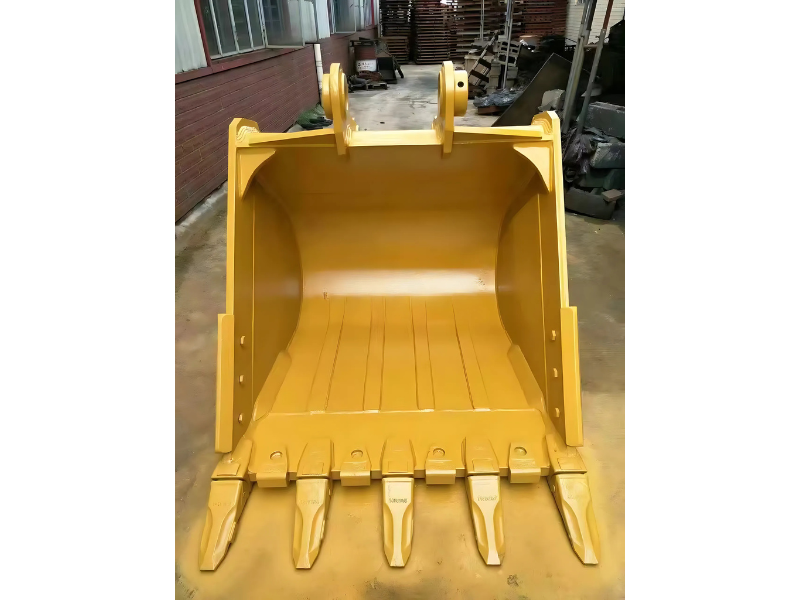
When it comes to earthmoving and excavation, one of the most critical factors that determines efficiency and productivity is the Soil Bucket fill rate. Operators often face the challenge of handling different soil types—particularly clay and sand—which directly impact the speed, energy consumption, and overall output of machines. Optimizing the fill rate of a Soil Bucket not only boosts productivity but also reduces equipment wear and fuel costs.
In this blog, we’ll explore how soil characteristics like density, cohesion, and moisture content affect bucket filling in clay and sand, and what operators can do to achieve maximum efficiency.
The Soil Bucket fill rate refers to the percentage of the bucket’s volume that gets effectively filled during digging or loading. A higher fill rate means more material is moved per cycle, leading to faster project completion. However, not all soils behave the same way—factors such as cohesiveness, water retention, and particle size influence how easily the bucket can be filled.
Clay and sand, two of the most common soil types, sit on opposite ends of the spectrum in terms of characteristics. While clay is dense and sticky, sand is loose and free-flowing. These differences significantly influence bucket performance.
Clay is composed of very fine particles that retain water, making it sticky and highly cohesive. These properties present unique challenges:
Resistance to Penetration: Clay is tougher to cut through, especially when it’s compacted or wet. The bucket teeth need more force to penetrate.
Sticky Material: Wet clay often clings to the bucket surface, reducing effective bucket capacity. Even when the bucket looks full, part of its space is wasted due to soil sticking inside.
Slower Cycle Times: Operators may spend more time shaking or cleaning the bucket to release clay, which reduces productivity.
To optimize Soil Bucket efficiency in clay:
Use buckets with stronger penetration features, such as sharp, durable teeth.
Consider anti-stick coatings or wear-resistant liners to minimize soil adhesion.
Adjust digging angles to maximize entry force and reduce slippage.
Sand, unlike clay, has larger particles and low cohesion, meaning it doesn’t stick together or to the bucket surface. This brings both benefits and challenges:
Easy Penetration: Sand offers minimal resistance, making it easier for the bucket to cut through quickly.
High Fill Rates: Since sand flows freely, buckets can often achieve close to maximum capacity.
Material Spillage: On the downside, sand tends to spill easily when the bucket is lifted or swung, reducing the effective load per cycle.
To optimize Soil Bucket efficiency in sand:
Use buckets with higher side walls or spill guards to minimize loss.
Maintain smooth, steady movements to prevent unnecessary spillage.
Avoid overfilling, as loose sand will naturally fall away during transport.
While soil type is a major factor, several other considerations play a role in achieving better bucket fill rates:
Moisture Content
Slightly damp sand is easier to handle than completely dry sand, which tends to spill more.
Clay becomes heavier and stickier when wet, making bucket release harder.
Bucket Design
The shape, width, and tooth configuration of a Soil Bucket directly influence efficiency. Buckets designed specifically for heavy clay may differ significantly from those optimized for loose sand.
Operator Skill
Skilled operators can maximize efficiency by adjusting digging angles, bucket entry points, and cycle speeds based on soil conditions.
Machine Power
Hydraulic force and machine horsepower determine how effectively the bucket can penetrate tough soils like clay.
Match the Soil Bucket to the soil type—use general-purpose buckets for sand and heavy-duty buckets for clay.
Regularly maintain bucket teeth and cutting edges for better penetration.
Avoid unnecessary bucket shakes; instead, use proper dump angles for faster release.
Optimize machine settings like hydraulic flow and digging force according to soil conditions.
Train operators to recognize soil behavior and adapt digging techniques accordingly.
The efficiency of a Soil Bucket isn’t just about machine power—it’s about understanding the soil you’re working with. Clay and sand present opposite challenges: clay resists penetration and sticks to the bucket, while sand flows easily but risks spillage. By tailoring bucket choice, operating technique, and machine settings to the soil type, contractors can significantly improve productivity, reduce fuel consumption, and extend equipment life.
Ultimately, optimizing soil bucket fill rates is about working smarter, not harder. Whether you’re digging through stubborn clay or shifting loose sand, the right strategy ensures your Soil Bucket delivers maximum performance every time.
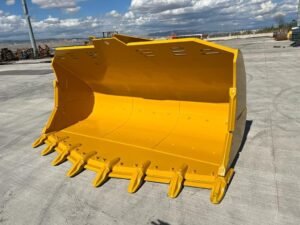
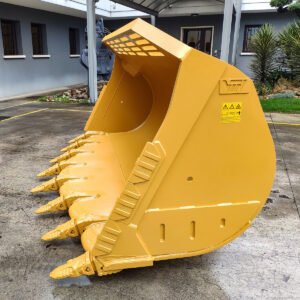
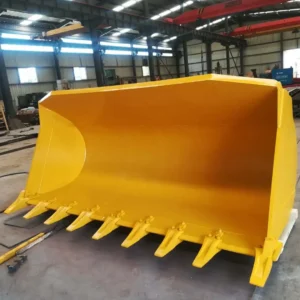
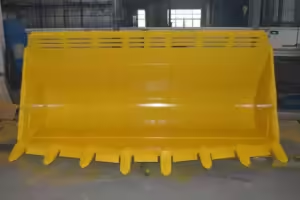
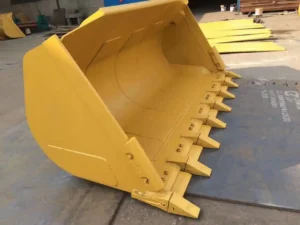
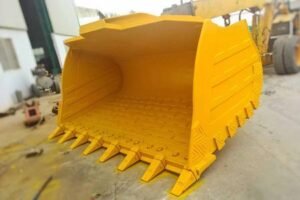
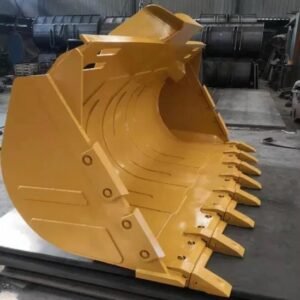
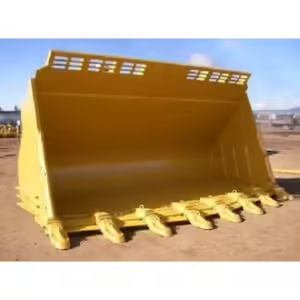
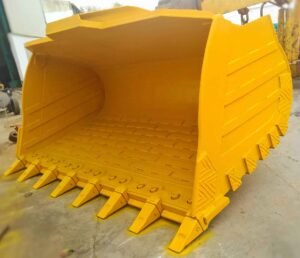
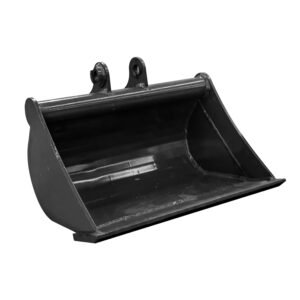
TEAM. All Rights Reserved. Developed by Pixel Tech.